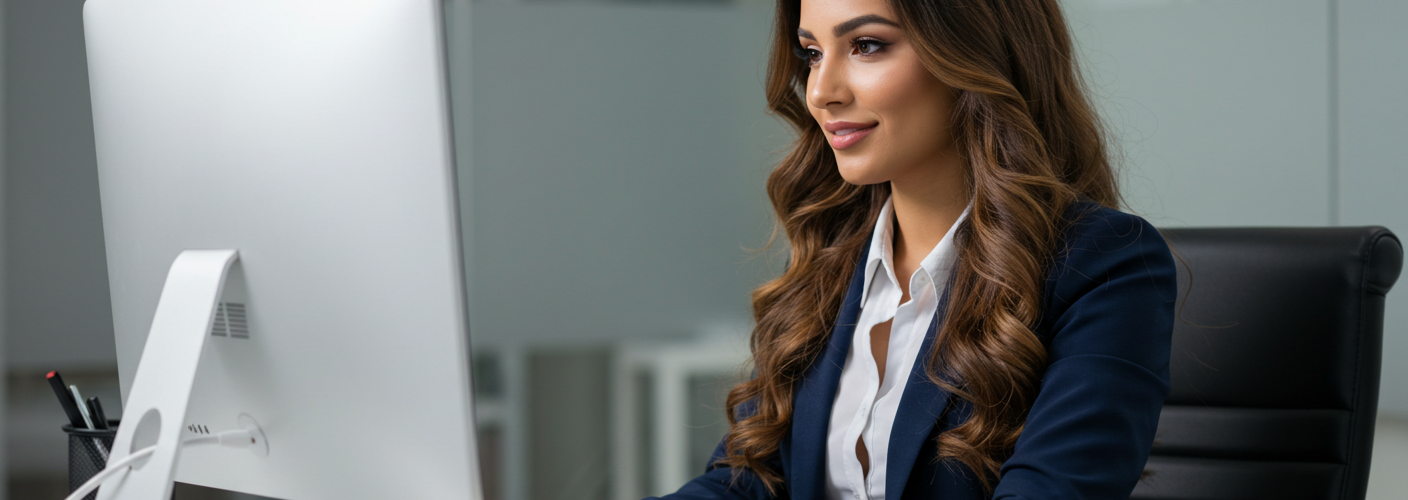In recent months, the tech community has been abuzz with news about Windows 11, particularly about its dynamic features and user-friendly enhancements. One of the most intriguing developments is the introduction of built-in support for setting video files, such as .mp4, as wallpaper. This fresh feature, subtly embedded within version 26×20.6690, transforms the way users personalize their desktops, allowing for a more vibrant and animated experience.
When we think about desktop backgrounds, our minds often drift to still images, landscapes, or those cherished family photos that bring warmth and nostalgia to our daily work environments. However, as technology advances, so does the capacity to enhance our digital experiences. The ability to set a video as a wallpaper is not just a whimsical idea; it could deeply influence how users interact with their devices.
The motivation behind such functionalities can often be traced back to a desire for personalization. Every individual has a unique style and preference, and operating systems now offer more ways to express these qualities. While some users may appreciate the simplicity of a static image, others might find a looping video clip to be a more exciting option, providing visual stimulation and a more dynamic interaction with their workspace.
Imagine working on a project with a softly animated background—perhaps a serene ocean wave gently lapping at the shore or a bustling cityscape alive with movement. These elements can serve not only as a backdrop but also as a source of inspiration and creativity. For professionals who spend long hours at their computers, having an engaging visual can help combat monotony and enhance productivity.
Getting started is expected to be straightforward. Users will simply need to locate the video file they wish to use. Once they select the .mp4 file, it can be set as a desktop background through the Windows settings menu. While the feature is still hidden in the current build, it is anticipated that Microsoft will streamline the process in future updates, making it accessible for all users without the need for complex workarounds.
Another fascinating aspect of this feature is the potential usage in various contexts, from personal to professional. For instance, businesses can utilize video wallpapers in offices, projecting a brand image or a mood that aligns with their ethos. Training and educational institutions might use videos to create immersive backdrops that can enhance learning experiences. This capability could even find its way into virtual meetings, where participants can add unique touches to their environments, making interactions feel more engaging and interactive.
However, it’s essential to consider the implications of using video wallpapers. While they can be visually captivating, there are potential drawbacks, particularly regarding performance. Video files take up more resources than static images, which could result in increased CPU and GPU usage. This performance hit may not be significant on high-end devices but could impact users with older hardware. Microsoft’s ongoing efforts to improve system efficiency and user experience will be vital to ensure that this feature benefits users without degrading performance.
Moreover, there may be concerns about distractions. An animated video background might draw attention away from important tasks, making it more challenging to focus. Users will need to determine how to balance engagement with concentration, as the ultimate goal of customizing a desktop is to create a space that enhances productivity rather than hampers it. As with all personalization features, moderation will be key.
While the excitement for video wallpapers is palpable, many users are likely to seek out the creative potential they offer. Designers and video artists may find an audience for their work by creating desktop-friendly, looped video clips that can be shared online. This industry could flourish as people look for unique and appealing backdrops to enhance their virtual environments. Likewise, developers of desktop customization applications might pivot to incorporate features that seamlessly integrate video wallpapers, further enriching the ecosystem surrounding desktop personalization.
Another aspect to look forward to is the possibility of thematic bundles. Imagine holiday-themed videos that capture the essence of various seasons or accomplishments themed around motivational quotes. The market could see a surge in platforms providing curated video wallpaper collections, tapping into design aesthetics that resonate with users’ lifestyles and environments.
As Windows 11 continues to evolve, incorporating features like video wallpapers reflects a broader trend in technology—combining aesthetics with functionality. Users are asking for systems that do not merely meet their operational needs but also align with their personal expression and creativity. Microsoft’s advancements in tailor-fitting user experiences may establish new standards for what users expect from their operating systems.
In conclusion, the addition of built-in support for video wallpapers in Windows 11 heralds a new era in desktop customization. While hidden in build 26×20.6690, the anticipation around this function suggests a growing interest in dynamic and interactive desktop environments. If executed thoughtfully, integrating video wallpapers could balance functionality and aesthetic appeal in ways that enhance user engagement. As we await further developments in this feature, it’s clear that the days of static desktops are behind us, paving the way for a more animated and personalized future. As users explore this evolving landscape, the combination of creativity and technology is bound to yield inspiring results.





Add comment